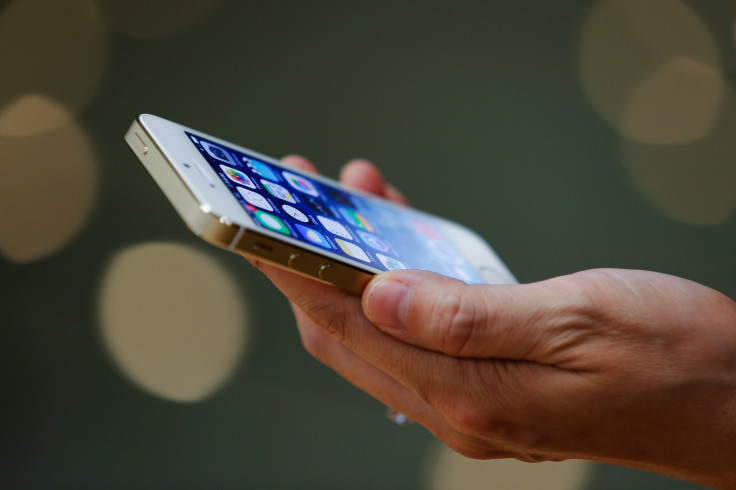Midterm Elections 2014: Why Everything You've Heard About Inaccurate Poll Data Is Wrong

As voters head into election booths, many Democrats around the country are consoling themselves with a popular myth that goes something like this: Polls showing a broad election day rout for Republicans are highly questionable because pollsters’ landline telephone surveys aren’t reaching millennials, blacks, Hispanics and low-wage workers, all of whom tend to use mobile phones as their sole means of telecommunication -- and largely vote Democratic.
That line of reasoning, however, hasn’t been accurate for several election cycles. Polling companies are employing a host of new methods to account for the growing number of cell phone-only citizens.
“Frankly, I haven’t been asked about cell phones in a long while,” said Gary Langer, head of Langer Research Associates, which conducts polls for ABC News and its affiliates. Langer said his company has been integrating cell phone calls into its traditional telephone polling methods for more than six years. The very last surveys were added in 2008.
“Of course you need to include them,” he said. "The good news is that all the good surveys do.”
Use of landlines, which have long been among the most reliable sources for poll surveys, are on the decline in the United States. The latest estimates from the U.S. Centers for Disease Control and Prevention indicate 39.1 percent of all American adults use only cell phones, not landlines, for telephone communication. This group includes the majority of people ages of 25 to 29 (65.7 percent.) Cell phone-only households were also more likely to be black or Hispanic and living below the poverty line. The Washington Post cited the trend earlier this year as one of the major problems with modern polling.
Even so, by the 2012 election, 12 out of 23 pollsters surveyed by Nate Silver were using live phone interviews, with just two of them not including cell phone users. Six companies were using automatic phone calls, known as “Robodial” to do their surveys. The remaining researchers were using the Internet as a method of asking questions.
Calling mobile phones can be more time consuming for pollsters and more expensive. While landlines can be dialed automatically, it’s illegal to use this method for cell phones, which must be dialed by hand, thanks to a provision in the Telephone Consumer Protection Act.
Pew Research Center analyst Kyley McGeeney, says roughly 60 percent of the organization’s telephone polls come from cell phones, a method adopted in 2008.
“I think that’s the time when it became clear that the cell phone-only population is large enough to not be ignored,” she said.
Pew’s researchers use the CDC data to determine how much of the population is using only cell phones, and seek to match their own polling to the statistics. So if 39 percent of Americans are using cell phones, they’ll aim to make sure 39 percent of their respondents are cell phone-only users. Pew’s percentage is greater because it also picks up people who have cell phones as well as a landline.
Of course, many pollsters are also turning to the Internet and social media to ask new questions. But these methods pose their own set of problems: They not only exclude people who don’t have access to the Internet, but also may be, in themselves, biased, since they allow people to opt into a survey.
“A sample selected at random has known mathematical properties that allow for the computation of sampling error,” a report from the American Association for Public Opinion Research said. “Surveys based on self-selected volunteers do not have that sort of known relationship to the target population and are subject to unknown, nonmeasurable biases.”
So while they may not be perfect, basic telephone surveys seem to be the best, most reliable way to see what Americans are thinking.
“What we want at the end of the day is to see something that works,” Langer said. “In the U.S. telephones are still the way to go.”
© Copyright IBTimes 2024. All rights reserved.






















